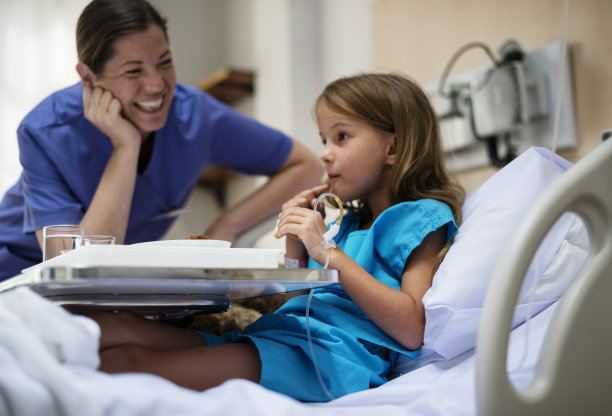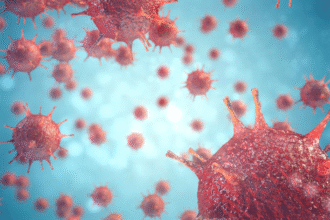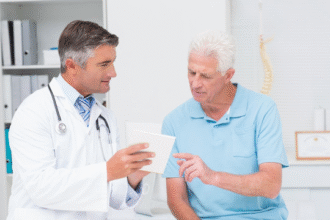Poliomyelitis (Polio): What to Know
Poliomyelitis (polio) is a viral illness caused by polioviruses (enterovirus C). Most infections are mild or asymptomatic, but a small proportion infect the spinal cord and brainstem and can lead to flaccid paralysis and, rarely, death.
How Polio Spreads
- Route: primarily fecal–oral (contaminated hands, food, or water); oral–oral can occur.
- Incubation: typically 7–10 days (range ~3–35 days), longer for paralytic disease.
- Infectiousness: highest just before and after symptom onset; virus is shed in stool for weeks.
Disease Spectrum (from most to least common)
- Asymptomatic infection: no symptoms, still contagious.
- Abortive (minor) illness: fever, sore throat, malaise, headache, nausea/vomiting; resolves in a few days.
- Non‑paralytic aseptic meningitis: fever, severe headache, neck/back pain and stiffness; recovery is usual.
- Paralytic polio (rare): asymmetric flaccid weakness without sensory loss; may involve limbs (spinal), bulbar muscles (swallowing/voice), or both (bulbospinal). Respiratory muscle involvement can be life‑threatening.
Risk factors for paralysis
Older age, pregnancy, strenuous exercise around illness, intramuscular injections during incubation (“provocation polio”), and certain surgeries (e.g., tonsillectomy) have been associated with higher risk.
Why Paralysis Happens (plain‑English pathogenesis)
- The virus replicates first in the throat and gut, then spreads to regional lymphoid tissue and blood (viremia).
- In most people, the immune system clears the virus before it reaches the nervous system.
- In a small fraction, the virus crosses into the central nervous system and infects anterior horn motor neurons in the spinal cord and motor nuclei in the brainstem, causing inflammation and cell death → flaccid paralysis.
Signs and Red Flags
- Sudden onset of asymmetric limb weakness, decreased/absent reflexes, normal sensation
- Neck/back pain, severe headache, fever
- Trouble swallowing, nasal voice, weak cough; fast or difficult breathing (bulbar/respiratory involvement)
- Any rapidly progressive weakness warrants urgent medical evaluation.
Diagnosis
- Clinical pattern of acute flaccid paralysis (AFP) plus lab confirmation when possible.
- Testing: poliovirus PCR/culture from two stool samples (collected 24–48 hours apart, ideally within 14 days of paralysis onset); throat swab early in illness. CSF may show lymphocytic pleocytosis and mildly elevated protein.
- Rule‑outs: Guillain–Barré syndrome, transverse myelitis, other enteroviruses.
Treatment and Supportive Care
There is no antiviral cure. Management focuses on supporting breathing/swallowing, pain control, preventing complications, and rehabilitation.
– Airway/respiration: monitor for hypoventilation; provide ventilatory support when needed.
– Swallowing safety and nutrition: speech/swallow assessment; modified diet or tube feeding if necessary.
– Pain and spasm control; gentle positioning and splinting to prevent contractures.
– Early physical and occupational therapy; gradual, non‑fatiguing strengthening during recovery.
– Avoid unnecessary intramuscular injections and vigorous exertion during acute illness.
Post‑Polio Syndrome (PPS)
Years to decades after recovery, some survivors develop new or worsening weakness, fatigue, pain, or intolerance to cold.
– Management: energy conservation, assistive devices, sleep optimization (treat sleep apnea if present), and non‑fatiguing, individualized exercise; avoid overuse of weakened muscles.
Prevention: Vaccination and Hygiene
- Vaccines are highly effective and the cornerstone of eradication.
- Inactivated poliovirus vaccine (IPV): used routinely in many countries; part of childhood schedules with boosters.
- Oral poliovirus vaccines (OPV): used in campaigns/outbreaks; extremely effective at stopping transmission but can rarely lead to vaccine‑derived poliovirus if coverage is low. Public health programs choose formulations based on risk.
- Keep routine vaccinations up to date. Travelers to areas with poliovirus transmission should ensure boosters as recommended; some countries require proof of vaccination.
- Hygiene: handwashing, safe water, and sanitation reduce fecal–oral spread.
This article is for general education and does not replace professional medical advice. Follow local public health guidance for vaccination and seek urgent care for any rapidly progressive weakness or breathing/swallowing difficulty.






